Choosing Plants
urville
10 years ago
Related Stories
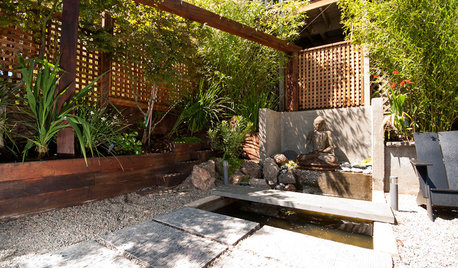
LANDSCAPE DESIGN3 Steps to Choosing the Right Plants for Your Patio
Make every plant count in your small city garden by considering these criteria before you buy
Full Story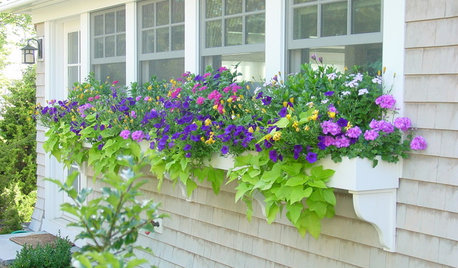
CONTAINER GARDENSChoose Complementary Colors for Dazzling Container Gardens
Red and green, purple and yellow, and blue and orange are opposing pairs that work in perfect harmony
Full Story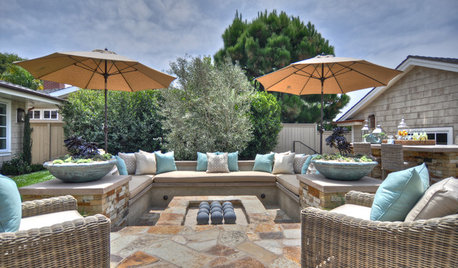
COLOR5 Tips for Choosing a Primary Outdoor Color
Strengthen your style statement by carrying color choices from your home to all the parts of your property that surround it
Full Story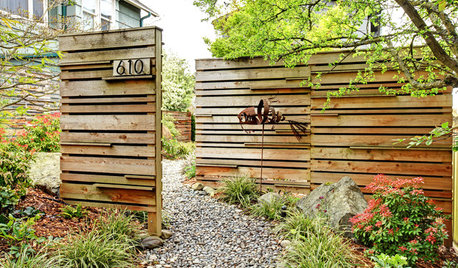
FENCES AND GATESHow to Choose the Right Fence
Get the privacy, security and animal safeguards you need with this guide to fencing options
Full Story
LANDSCAPE DESIGNGarden Designer Chooses the Timeless Over the Trendy
This lush and restful garden provides a place for a family to retreat from their busy lives
Full Story
LANDSCAPE DESIGNHow to Choose and Site Garden Art
The right piece in the right place can make or break the mood of your garden
Full Story
CHRISTMASReal vs. Fake: How to Choose the Right Christmas Tree
Pitting flexibility and ease against cost and the environment can leave anyone flummoxed. This Christmas tree breakdown can help
Full Story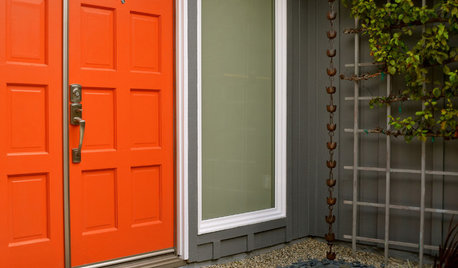
MOST POPULARHow to Choose a Front Door Color
If choosing a door paint isn't an open-and-shut case for you, here's help
Full Story
HEALTHY HOMEHow to Choose a Home Water Filtering System
Learn which water purification method is best for your house, from pitchers to whole-house setups
Full Story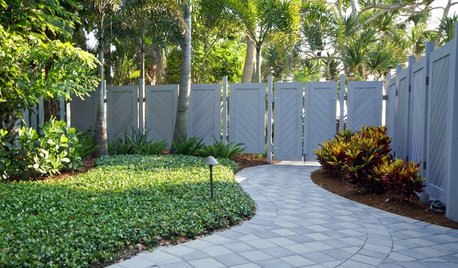
LANDSCAPE DESIGNHow to Choose a Fence That Feels Right and Works Hard
Making a thoughtful fencing choice now can create happiness for years to come
Full StorySponsored
Columbus Area's Luxury Design Build Firm | 17x Best of Houzz Winner!


urvilleOriginal Author
NHBabs z4b-5a NH
Related Professionals
Clemson Landscape Architects & Landscape Designers · Glen Ellyn Landscape Architects & Landscape Designers · Lyons Landscape Architects & Landscape Designers · Middle River Landscape Architects & Landscape Designers · Brookside Landscape Contractors · Annandale Landscape Contractors · Deerfield Beach Landscape Contractors · Goodlettsville Landscape Contractors · Kaysville Landscape Contractors · Middle River Landscape Contractors · Ocoee Landscape Contractors · Panama City Beach Landscape Contractors · Tamarac Landscape Contractors · Bethesda Siding & Exteriors · Enfield Siding & Exteriorstrovesoftrilliums
peachymomo
urvilleOriginal Author
urvilleOriginal Author
urvilleOriginal Author
urvilleOriginal Author
trovesoftrilliums
irene_dsc
eclecticcottage
peachymomo
luckygal
urvilleOriginal Author
urvilleOriginal Author
urvilleOriginal Author
luckygal
peachymomo